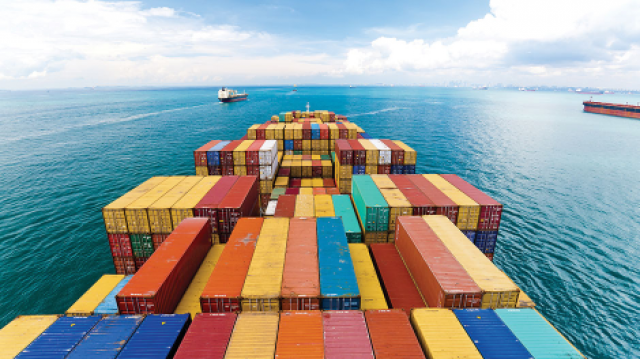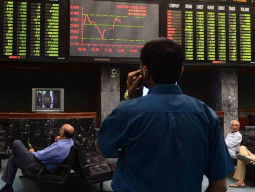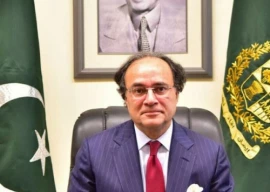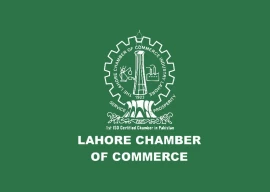
When the policy was being implemented in 2015, some of us had pointed out that the framework was likely to face the same fate as its predecessor 2012-15 policy. Now that we are nearing June 2018, our target date for achieving $35 billion, it is being realised that we never had the right policies in place.
Trade policy likely to meet the same fate as earlier ones
Our poor export performance means we will continue to be a laggard in the South Asian region. Although our economy is now growing at about 5%, faster than any time in the last ten years, it is still one of the slowest in the region. India is expected to grow by 7.4% in 2017 and further to 7.6% the year after. Bangladesh is expected to grow at 6.9% in 2017 and 2018. Bhutan is estimated to grow at 8.2% in 2017 and 9.9% in 2018 through focusing on hydroelectric projects. Even the earthquake-devastated Nepal’s growth is at 5.6% in 2017 and 5.4% in 2018; ahead of us as we are forecasted to grow at 5.2% in 2017 and 5.5% in 2018.
What our policymakers have to realise is that Pakistan is out of tune with the rest of the world as far as its trade policy is concerned. Unless our exports start growing at 14 to 15% as they did during the early 2000s (2001 to 2006), we will continue to lose our trade share, which has been falling by 1.45% per year for the last 10 years.
The global trading patterns have changed. Almost 70% of global trade is now conducted through global supply chains (GVCs). Around 30% of total trade consists of re-exports of intermediate inputs. Pakistan is not a part of these emerging trends because of its high taxes on international trade and cumbersome trade procedures.
A recent study by the World Bank showed that Pakistan’s tariff are in general twice as high as the world’s average and three time more than South East Asia. On top of high tariffs, there are regulatory duties on a large number of goods. Thus we have isolated ourselves from the global markets. Although the intention of regulatory duties is to collect more taxes and restrict imports none of these objectives are being achieved. No extra revenue is being earned through regulatory duties as items subject to such duties have moved to the smuggling route. In fact, the net revenue of has diminished because legal trade has given way to smuggling.
Not only has the government failed to carry out any tariff and trade policy reforms, it has gone in the opposite direction. During the last four years, customs tariff rates have been considerably enhanced on the pretext of removing discretionary SROs, through levying a minimum tax on all imports including essential raw materials and restricting import of “luxury” goods through regulatory duties. Thus, anti-export bias has considerably increased since the current government came into power.
Govt borrowed Rs2tr to finance budget deficit in 2016-17
Besides the tariffs, Pakistan’s trade facilitation processes have become amongst the most inefficient in the world. According to the Doing Business report issued by the World Bank in 2016, Pakistan ranks at 169 out of 189 economies in terms of Trading across Borders. This ranking has continuously worsened over the last decade.
We could cut the cost of exporting our goods by up to 15% if we fully accept the recently concluded WTO Agreement on Trade Facilitation. But so far, Pakistan has adopted a very negative attitude. First, we were unwilling to accede to the agreement, and finally when we did accede, we delayed most reforms to a future date till we get technical assistance from donors.
Unless Pakistan opens up its trade regime and reforms its trade facilitation procedures, its overall trade and economic wellbeing is likely to keep going down.
Since Pakistan has not done any domestic reforms as a follow-up to its Free Trade Agreements (FTAs), these agreements are not working in our favour. The lack of reforms means that Pakistan is subsidising exports of its FTA partner countries through substantial reduction in customs duties for a particular source.
Most developing countries have abandoned import substitution policies in favour of export-led growth. Pakistan is still enforcing such policies. Pakistan’s auto industry is one such example. As a result, the industry has shown no growth where in the case of our competitors including India, the production of cars has increased three times.
Considering that our exports are stagnating, it is high time that Pakistan starts integrating its economy with the rest of the world. It needs to undertake serious tariff and trade facilitation reforms to regain its trade share.
The writer served as Pakistan’s ambassador to WTO from 2002 to 2008
Published in The Express Tribune, July 17th, 2017.
Like Business on Facebook, follow @TribuneBiz on Twitter to stay informed and join in the conversation.


1732623521-0/bitcoin-(1)1732623521-0-270x192.webp)















COMMENTS
Comments are moderated and generally will be posted if they are on-topic and not abusive.
For more information, please see our Comments FAQ